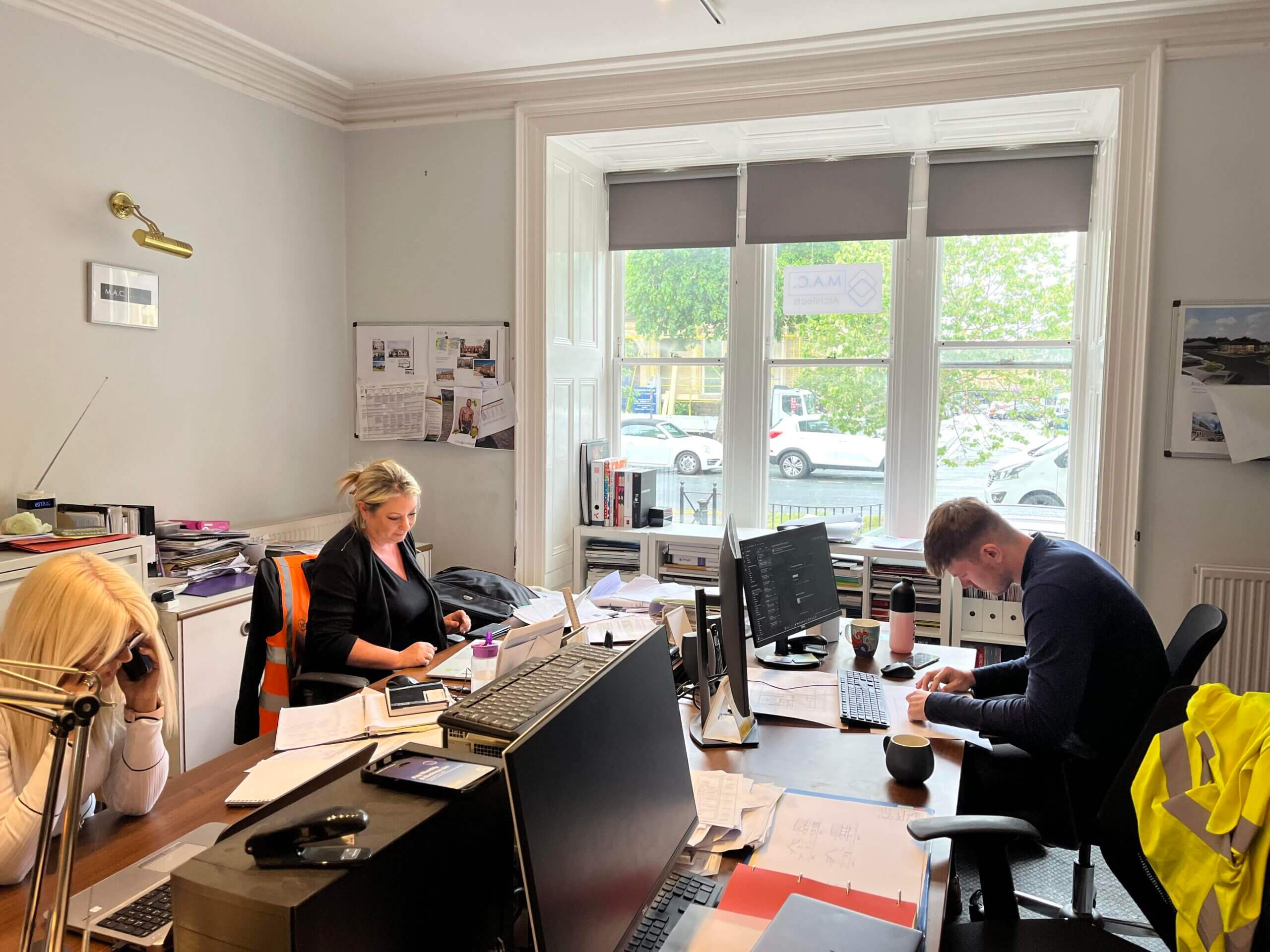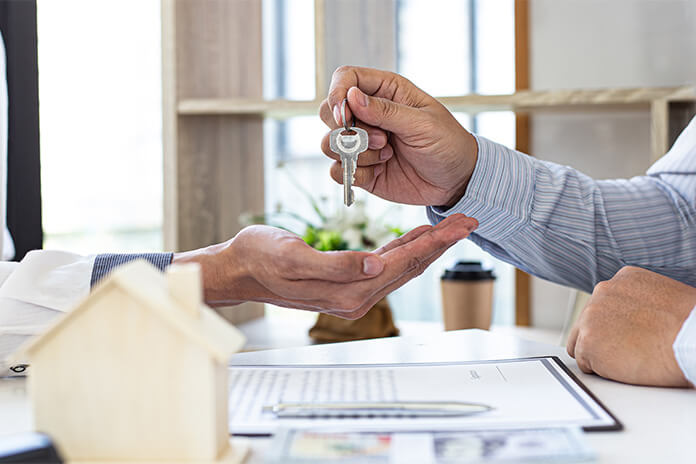What every landlord needs to know about the perils of underinsurance
Author: Taznin Ahmed

If there’s one thing that can cause consternation and anxiety for both landlords and the specialist brokers that arrange their property insurance, it’s the perils, problems and fallout associated with underinsurance.
When someone needs to submit a claim on their property, the first question is naturally “Am I insured?” and if yes, question number two will invariably be “Am I insured for enough?”. What you don’t want to discover at this point is that you don’t have adequate or correct cover for a full payout, or even a partial payout.
Let’s start with a summary of what underinsurance is, how it occurs, and the problems it causes, before looking at how it affects property and buildings insurance, related costs, plus explore examples that reflect some of the less desirable outcomes. Then we’ll explore why partnering with a specialist let property insurance broker and taking out landlord insurance can provide you with peace of mind and avoid all this trouble in the first place.
The true cost and meaning of underinsurance

Underinsurance occurs when a policy’s cover level equates to less than the total value of a potential claim. For example, you own and rent out a property that’s insured for £200,000 in total. A fire at your building not only destroys the building, but also everything within it that you’ve contributed in terms of contents for those renting. When the post-incident numbers are calculated, the full complete value is creeping up close to £400,000 – creating a big difference of £200,000 or, to look at it another way, 50 per cent underinsurance.
And let’s say you’ve installed approved fire alarms and other methods designed to protect your property and meet the requirements of insurers, but if the value originally submitted is under, there may be big problems ahead in terms of rebuild and recovery costs.
The insurer, in this case, would only be liable for 50 per cent of the actual claim and would therefore only pay £100,000 to the insured. So, although the difference is 50 per cent, what is received by the insured property owner is just 25 per cent of the total claim value – which financially, is a huge shortfall.
If you’re reading this as a landlord and hoping it never happens to you, it’s worth considering there’s nothing personal nor arbitrary about this. An insurer is not short-changing a claimant for the sake of it – they’re simply upholding the fundamental principles of the insurance industry. And a decent landlord insurance broker will ensure that you’re not in the dark about any of this.
That’s why we’re reiterating why you need to get your rented property insurance in order and work with an insurance specialist who is experienced in getting the numbers right for their clients.
And with 70 per cent of properties overall being underinsured in the UK (so for the 2.5 million landlord properties, that equates to 1.75 million properties underinsured), that’s a whole lot of property people taking a risk.
Understanding the average rule
This the perfect juncture to reiterate the place and meaning of the ‘average rule’ or ‘average clause’ principle in underinsurance. Insurers – especially those dealing in property and buildings policies – use this equation to calculate claims and decide what your final payout will be if it turns out you’re underinsured.
Put simply, when the amount you’re insured by is less than the actual value of the property, an insurer may reduce a payout proportionally. Let’s suppose a property is insured for 50 per cent of its actual value, then, if there is a loss, your insurer may only cover and pay up to 50 per cent of the claim. Therefore the ‘average clause’ when considered, means policyholders must properly insure their property in the first instance, thus avoiding being penalised if there’s a claim.
In some instances, the insurer may be entitled to void the policy altogether if it materialises that the risk was unfairly presented. We’ve used the example of 50 per cent to keep the numbers straightforward, but at that level of underinsurance, the insurer could deem it reckless and possibly deliberate, which gives them the right to completely void the policy under the Insurance Act 2015.
Underinsurance – why it happens
One of the main reasons why people end up with an underinsured property is that they assume the worst will never happen, so why spend money on an unlikely event? As a rationale, this is both weak and naïve – and most experienced landlords know better. In short, if something does happen, insurers have every right to say that this was a failure to accurately declare sums insured.
Other common underinsurance reasons are that a valuation is out of date so inflation and other changes over time haven’t been considered; incorrect calculations were made in the first place; circumstances have changed; and even the increasingly hard market that’s affected all aspects of the insurance sector. And of course, there is plain old forgetfulness… which having read and absorbed this article can be struck off the list!
Also, perhaps there are insufficient limits within the policy, or advice has been sought from an unqualified person or non-specialist insurance broker who fails to make an allowance for the items required to be included within a building’s declared value.
The importance of landlord insurance

Ensuring that you have a specific, watertight, and current insurance policy for each and every one of your rentals is important. Protect My Let offers solutions to mitigate for all of the circumstances that arise when you have a rented property and tenants. Protect My Let is there to make sure you never get caught in the undercurrent of underinsurance. It’s not just the major calamities such as flooding or fire damage that need to be covered. There may be substantial damage to contents and furnishings, defaults on rent payments, or threats to security when keys are passed around. From carpets being ruined, to the white goods you own breaking, adequate landlord insurance removes what could be a substantial cause for worry.
We’d also strongly advise that for any building that you own, you organise a professional and regular reinstatement cost assessment (RCA). This may be included in your insurance policy or as an extra, and it can cost as little as £105 + VAT. Protect My Let work with Barrett Corp & Harrington (BCH) who have extensive experience in rebuild valuations and offer top quality service. They provide hassle-free e-valuations that are designed to establish an accurate rebuild value of your property in a fraction of the time – and, for Protect My Let customers, at a fraction of the cost.
If you’d like to discuss any aspect of rented property underinsurance, or to find out whether your current policy is working for you, talk to the expert team at Protect My Let. Find out whether your insurance policies are as robust as they should be – get in touch with one of our specialist team today on 01206 655 899.












